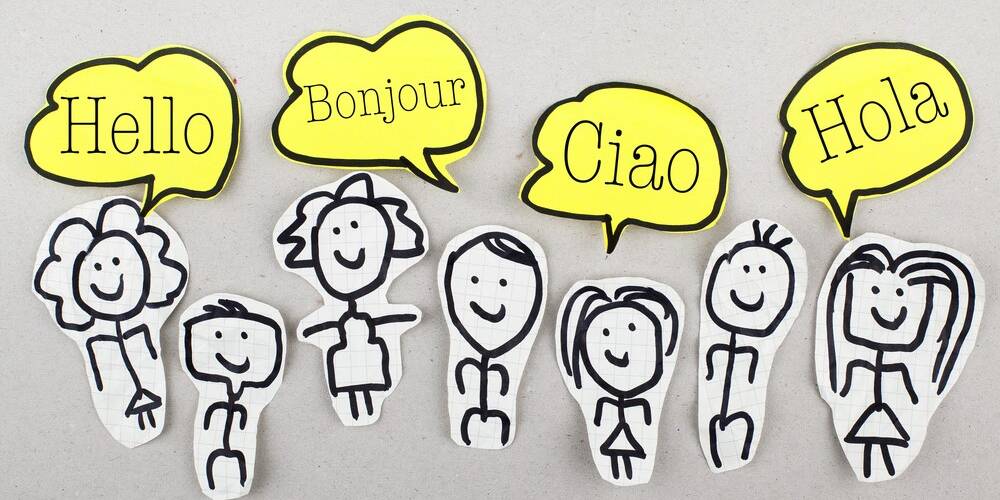When you’re starting a business, you have a lot of things to consider. You’ve got to set up a business, raise capital, create an office environment, reach customers, and deliver your product or service. That’s just scratching the surface of the balls you have to juggle in business.
Understandably, some things can fall below the radar, especially if they seem less important than everything else. For example, how do you package your product when sending it to your customers? It seems simple, but it can have a surprisingly large impact on your business.
1. The Sustainability Issue
Have you heard about this thing called climate change? Well, everyone has. Climate change is a hot-button topic for good reason. It’s real and it’s dangerous. Ideally, everyone should be doing their bit to be more eco-friendly, and the onus is especially on companies to step up.
A huge amount of pollution and damage to the environment can be laid at the feet of corporations and businesses. This is because being sustainable hasn’t traditionally led to immediate profits. It was sound business sense to go for the cheaper, less eco-friendly option.
However, that way of thinking should be left in the past. People are more aware now than ever of the need to be more sustainable, and they are paying attention to what businesses are doing about it. So even if companies don’t shift to greener practices for altruistic reasons, there are plenty of financial benefits as well.
It’s not just customers who reward green businesses, but governments do as well. A more sustainable business can enjoy benefits and incentives from the local governments and the community.
So, how does this relate to packaging? Since 2020, more and more people have had things delivered to their homes. All of these products came in packaging, which was promptly thrown away. People soon noticed that some packaging is needlessly damaging to the environment.
This has led to increased pressure for businesses to invest in more sustainable packaging. Reduced packaging or packaging that can be easily reused or recycled has become more popular.
In truth, it’s not difficult to switch to cardboard or paper packaging and packing materials. Gone are the days of polystyrene and bubble wrap, paper and biodegradable packing are the future.
2. Specialised Packaging
However, while most products can be packaged in nearly anything that will protect them, you do sometimes need to use more specialised packaging to accommodate certain products.
For example, perishable food can’t just be delivered in a cardboard box in the back of a van. Usually, it will need to be packaged in a way so the food won’t spoil or degrade in quality. The safety of your customer is paramount here.
Another common example is electronic products. Static discharges can ruin electronics, which means that companies should use special static control packaging such as that supplied by Bondline. This protects your product and keeps your customer happy.
Packaging should be attractive and representative of your company, so make sure your product isn’t ruined by inferior packaging.




